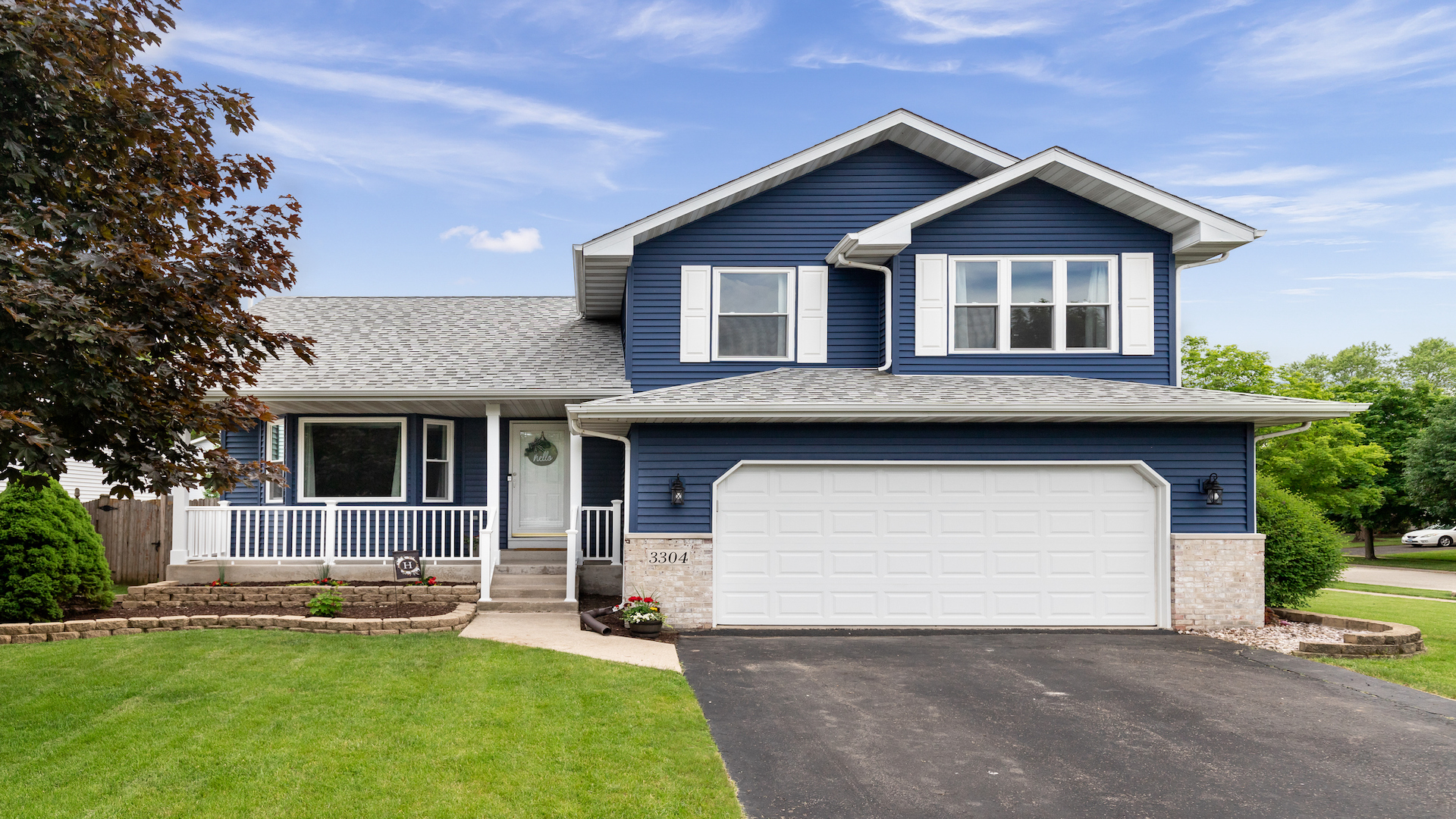
No, it’s not always better to refinance with your current lender
Mortgage interest rates are at historic lows, and a record 19 million homeowners are in the money to refinance.
Even homeowners who bought a home or refinanced just a year or two ago could see big savings.
But homeowners should be wary of taking the first refinance rate they’re offered. This is especially true if you’re applying with your current lender.
Some mortgage lenders have systems in place to retain customers first and offer competitive rates second.
By only applying with your current lender, you might miss out on the lowest rates today’s market has to offer.
Check your refinance rates (Nov 27th, 2020)In this article (Skip to…)
- Mortgage rates from your current lender
- How to find the lowest refinance rate
- Look at fees as well as rates
- Consider the type of loan you need
- When is it best to use your current lender?
- Today’s refinance rates
Look out for above-market rates with your current lender
When you’re looking to refinance, remember that your lender or loan servicer knows your current rate.
Mortgage lenders understand that existing borrowers could agree to a higher-than-market rate because it’s lower than the rate they have now.
Lenders even employ “retention” staff whose job it is to keep borrowers from refinancing with other lenders.
When you call to request rates or ask for a payoff statement, your lender will know you’re looking to refinance.
At this time, they might forward you to a retention specialist, who’s likely to offer you a new rate based on your current mortgage — not necessarily based on the lowest rates available.
Mortgage lenders understand that existing borrowers could agree to a higher-than-market rate because it’s lower than the rate they have now.
For example, if the lender sees your rate is 4%, you might be offered 3.5% — while a new customer might be quoted just 3%.
The lender “sells” the higher rate with convenience. They could claim that dropping the rate will require less effort on your part.
But the truth is, refinancing should take the same amount of effort regardless of which lender you use. The paperwork and qualification requirements are largely based on the type of loan you’re using, not the lender.
Your existing lender’s strategy pays off in two ways: it avoids losing you to the competition while continuing to earn a higher-than-market rate on your loan.
A brand new lender, on the other hand, has an incentive to offer you a lower rate and gain your business.
Check your refinance rates (Nov 27th, 2020)
How to find the lowest mortgage refinance rate
The only way to find the lowest refinance rate is to get quotes from a minimum of 3 lenders. (The more, the merrier.)
But make sure these quotes are based on your actual scenario — not just an advertised rate from a newspaper or website.
Advertised rates typically represent the best deals available. They’re usually based on the ideal borrower with excellent credit, low debts, and 20 percent down.
Your rate might be higher or lower unless your profile matches the lender’s example perfectly. How much it varies will depend on how friendly a lender is toward your situation.
To give you an accurate quote, mortgage lenders need:
- The property location
- The property value
- Your down payment and loan amount
- Your credit score
Lenders can typically give you a rate quote in a few minutes based on the information you provide.
These estimates should be fairly accurate, though your quoted rate is not guaranteed until the lender has verified all your information and you’ve locked in the rate.
To lock, the lender may need a full application, including enough personal data to pull a credit report, your employment and income verification, and so on.
Once you have several quotes in hand, you’ll know if your lender is offering you a good refi deal, or if you should go forward with a different mortgage company.
Look at fees as well as mortgage rates
One common mistake homeowners make when they shop for a refinance loan is only looking at interest rates.
You interest rate is important, but it’s not the only thing that matters.
You need to compare the other items listed on your Loan Estimates too, including:
- Annual percentage rate (APR) — Your ‘effective’ interest rate when all loan costs (interest and fees) are combined
- Closing costs — Refinance loans have closing costs, just like home purchase loans. When you’re shopping around, pay special attention to origination fees (which are the lender’s profit) and discount points (the amount you have to pay upfront to get the quoted interest rate)
- Short-term and long-term savings — Don’t just look at the amount you’ll save on your monthly mortgage payment. Also look at your total interest over the loan term to see which lender is more expensive in the long run (this number is listed on your Loan Estimate)
- Loan terms — Make sure all your estimates are for the same type of loan so you’re comparing apples to apples. For example, if one quote is for a 30-year mortgage and one is for a 15-year mortgage, they’re going to have very different interest rates and payments. Or if you compare a cash-out refinance against a no-cash-out refi, the cash-out loan will have a higher rate
You can ignore lenders’ estimates for things like property taxes and homeowners insurance, since you’ll have to pay the same amount regardless of which lender you choose.
Consider the type of refinance loan you need
The other think to think about when refinancing is what type of loan you want for your new mortgage. Does your current lender offer it? Or do you need to search for a lender that does?
For instance, homeowners who currently have a government-backed loan are often best off using an FHA, VA, or USDA Streamline Refinance. These low-doc, no-appraisal loans are one of the fastest ways to get a lower interest rate and monthly payment.
If your current lender does not offer a Streamline Refinance, that might be a good reason to look elsewhere.
If your current lender does not offer a Streamline Refinance for your FHA, VA, or USDA loan, that’s a good reason to look elsewhere
The same goes if you’re looking for an FHA cash-out refinance or a 100% VA cash-out refinance.
These types of loans can offer lenient guidelines for homeowners — but lenders are allowed to set their own requirements.
If you have lower credit or a higher loan-to-value ratio, you might find that you need to refinance with a lender who can offer looser requirements than your current one.
Find the right refinance loan for you (Nov 27th, 2020)When is it best to refinance with your current lender?
It’s best to refinance with your current mortgage lender if it can offer you a better deal than the other ones you’ve looked at.
You won’t know if this is the case until you’ve put in the work to compare rates from at least a couple other companies.
If you like your current lender and would prefer to keep working with them, see whether you can use your rate quotes as leverage.
You may be able to use a better offer from another lender to negotiate a lower rate with your current one.
You’re also free to negotiate refinancing costs.
For instance, you might opt for a no-closing-cost refinance, where the lender covers your out-of-pocket costs in exchange for a higher interest rate. This is known as a “lender credit.”
With today’s rates as low as they are, it’s possible for homeowners to get their closing costs covered, accept a slightly higher rate, and still walk away with substantial savings overall.
Alternatively, some lenders allow you to roll closing costs into your loan balance.
You might avoid the upfront costs of refinancing and still benefit from the lowest rates available to you.
What are today’s refinance rates?
Mortgage and refinance rates continue to hover near record lows, which means there are ample savings opportunities for homeowners.
If you’re still paying rates from a year or two ago, your refinance savings could be huge.
A refinance may even be worth it if you only drop your rate 0.5% to 0.75% — it all depends on your current loan and your financial goals.
Check today’s rates to find the best refinance deal for you.
Verify your new rate (Nov 27th, 2020)



